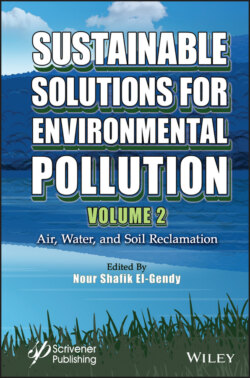Читать книгу Sustainable Solutions for Environmental Pollution, Volume 2 - Группа авторов - Страница 55
1.12.5 Algal Blooms
ОглавлениеIn open water systems such as FSF-CWs, nutrients (N and P) favour the over-development of algae and cyanobacteria in spring and summer. When starving on nutrients, cyanobacteria can die explosively, releasing various kinds of toxins (neurotoxins, cytotoxins, endotoxins, or hepatotoxins), collectively known as cyanotoxins. The relations between nutrients feeding in function of hydrologic conditions (storm and non-storm) and cyanobacteria death are still delicate to understand (Hartshorn et al., 2016). Indeed, proliferation of toxin-producing cyanobacterial blooms is attributed to a large number of environmental factors, including: unbalanced N and P inputs (leading to silicate starvation and the disappearance of diatoms with siliceous frustules); increased temperature, water residence times, vertical stratification, and pH. All of this will be exacerbated by climate change (Howard et al., 2017). The toxin releases pose a danger to humans and animals, in the wetland themselves as well as in the water bodies downstream (Griffiths and Mitsch, 2020).
